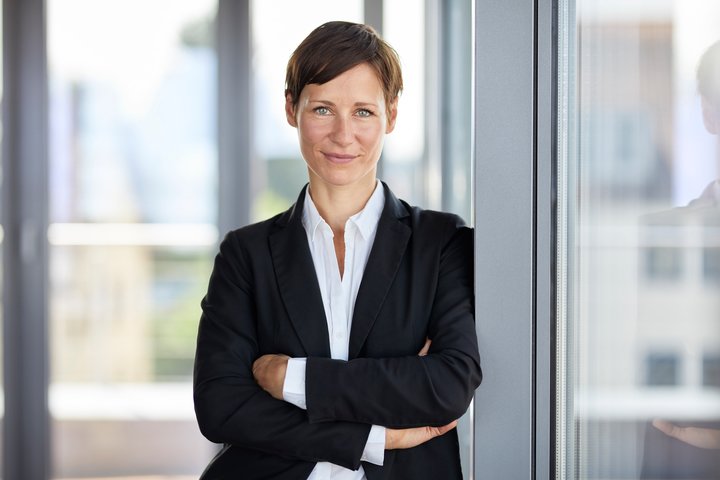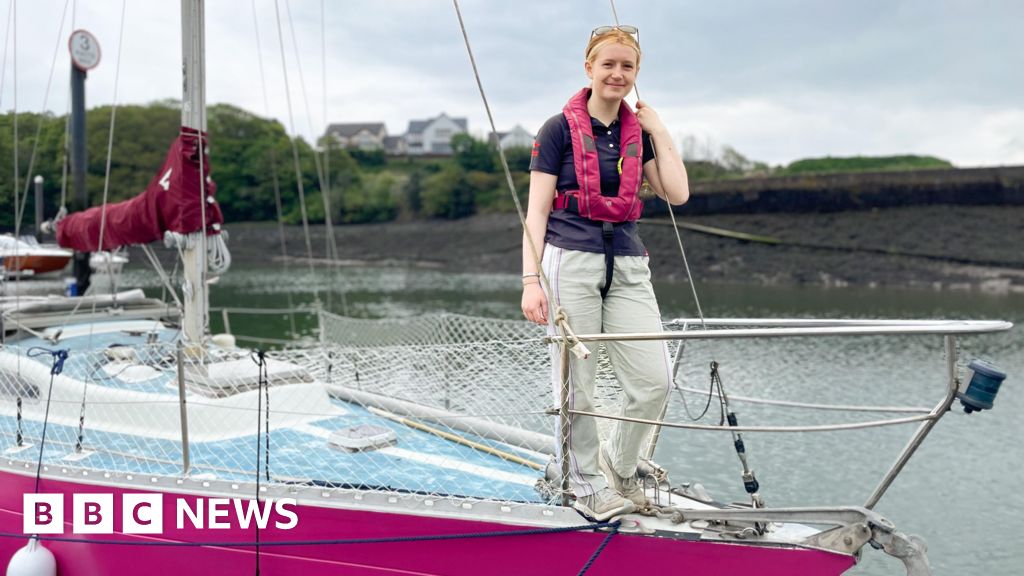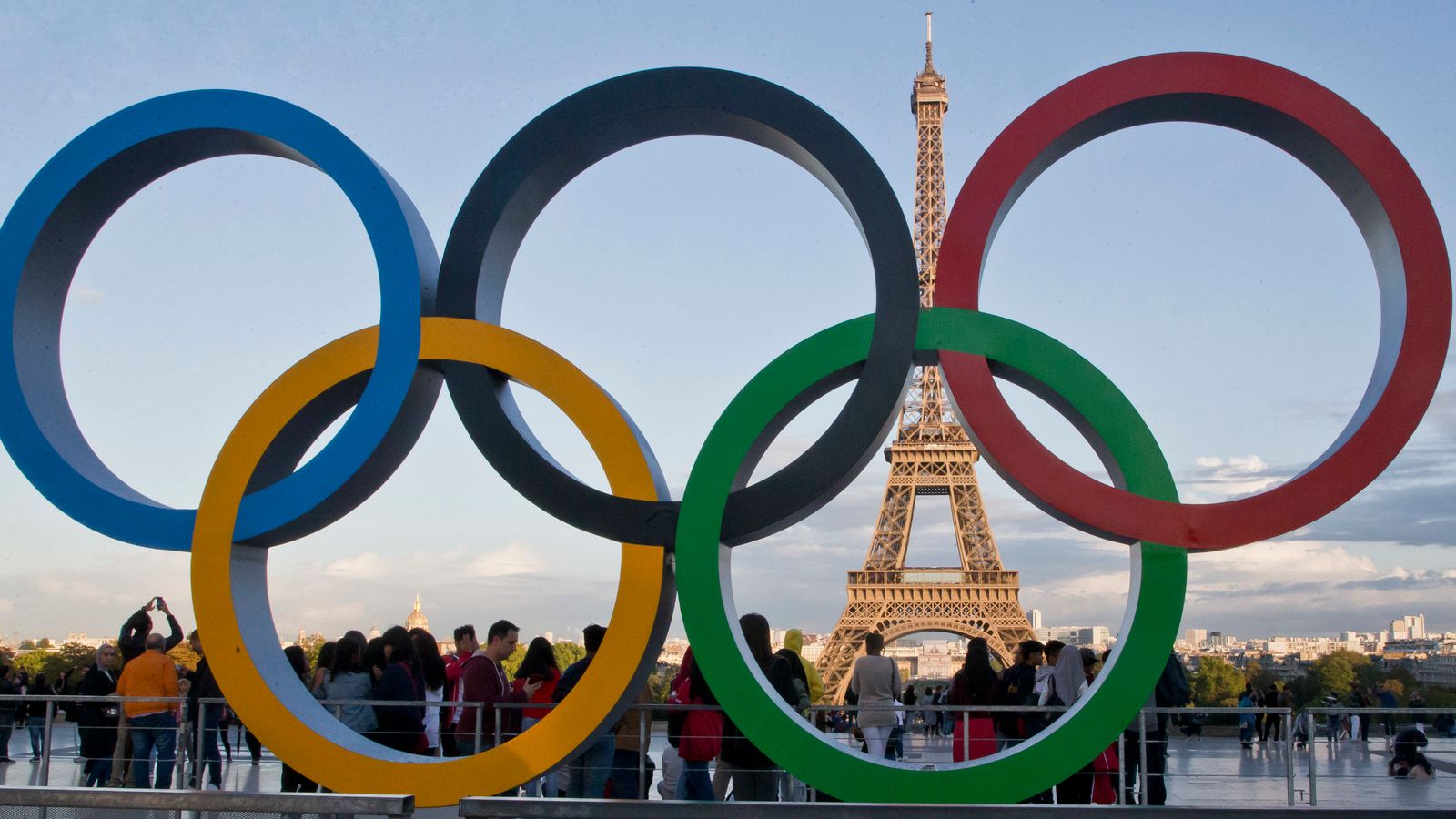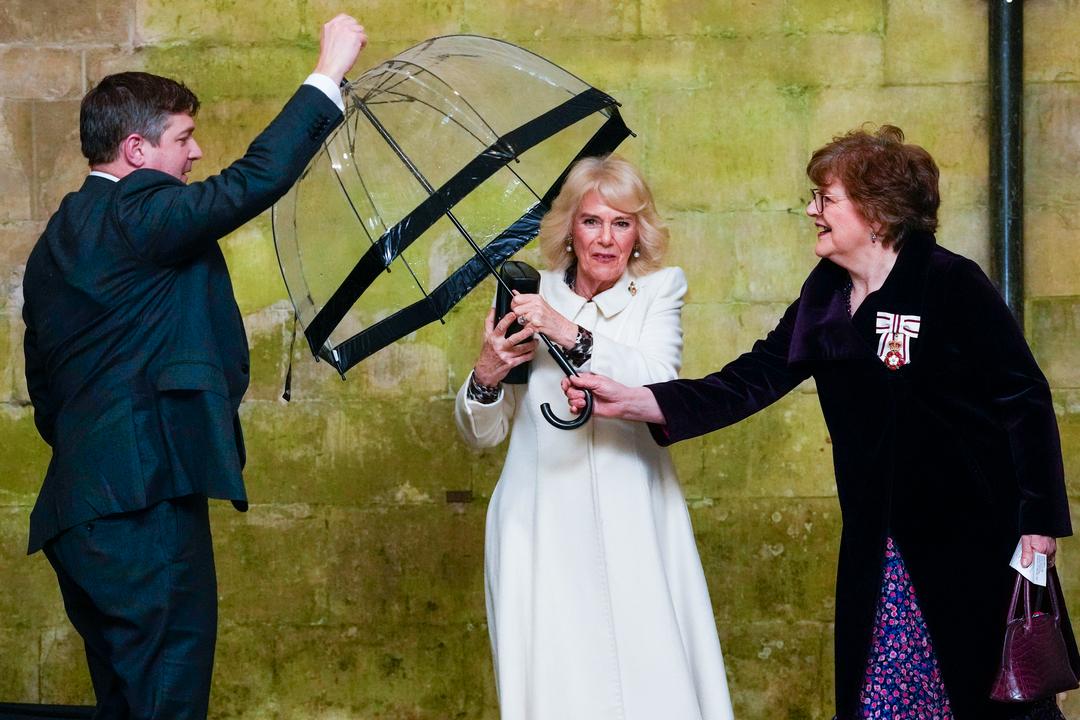Record heat and a lack of rainfall caused glaciers in the Alps to melt at a record rate last year.
During this year, 5 cubic kilometers of ice disappeared from glaciers in the Alps, according to a new report report
from the EU’s C3S climate monitoring service.
It is the equivalent of a block of ice that is five and a half times as tall as the Eiffel Tower in Paris – and the same length and width.
– We have truly entered into an unknown landscape, said C3S CEO Carlo Buontempo.
He described 2022 as a new record year in terms of climate emissions, temperature, forest fires and rainfall.
The rivers are drying up
Last summer was the hottest ever recorded in Europe. The previous record was set the previous year.
In addition, the continent was hit by drought, which affected agriculture, transportation and energy production. The water level in Europe’s rivers in 2022 will be the second lowest ever recorded.
Hydroelectric power plants were closed, and there were also nuclear power plants which relied on river water below a certain temperature for cooling.
Heat waves and drought increase the risk of forest fires. The total area burned last year was the second largest ever recorded.
At the same time as conditions were extreme in many EU countries, summers were also record heat in Svalbard.
Lack of snow
Although the scorching heat continued into autumn, the situation did not return to normal. This winter, record heat has returned to a number of European countries, and there has been very little snow.
Winter sports ran into trouble, and a lack of snow contributed to record-breaking ice loss in the Alps.
In southern Europe, the current state of the land is still very dry. Agriculture is likely to be negatively impacted this year as well.
– Unfortunately, the report does not contain any surprises, instead it shows developments that are in line with what we have seen in the last 20 years. The weather is getting warmer, climate scientist Gustav Strandberg told Swedish news agency TT.
– Will increase
Both in Europe and around the world, temperatures are rising, keeping pace with global emissions of CO2 and other greenhouse gases.
– These extreme weather events will only increase, both in frequency and intensity, and will become more difficult and expensive to deal with. What we see now is nothing compared to what will come if we don’t reach our climate targets, said Karoline Andaur, head of environmental organization WWF World Nature Fund in Norway.
Last year’s high temperatures reduced the need for heating in the winter months, which made it easier to deal with cuts in Russia’s natural gas supply.
At the same time, the need for air conditioning increased in southern Europe last summer. Blue skies with a record amount of sunshine benefit Europe’s solar power plants, which contribute to the production of the electricity needed to cool homes.
(© NTB)

“Social media guru. Total beer fanatic. Tv ninja. Typical coffee fan. Amateur entrepreneur. Unapologetic food scholar.”







